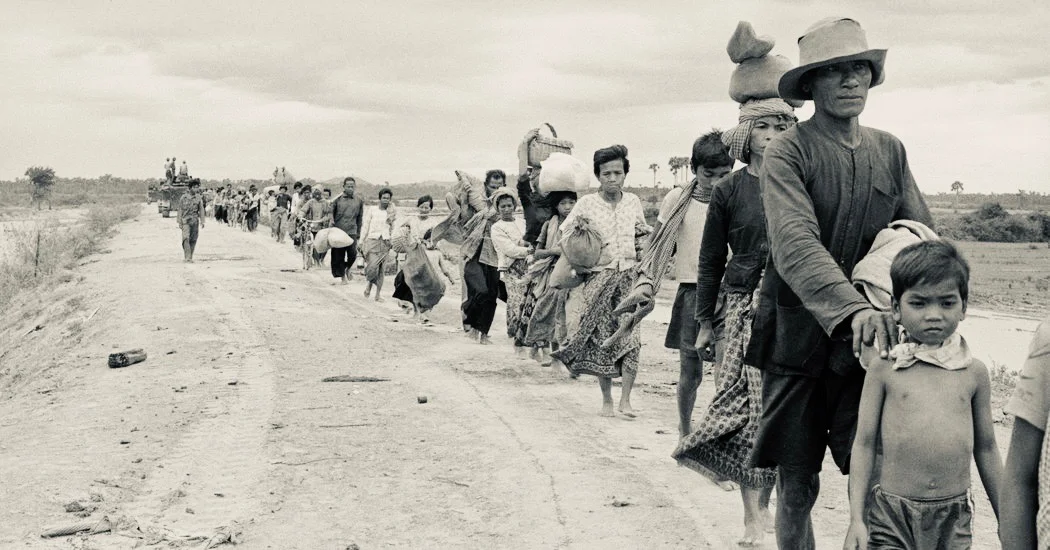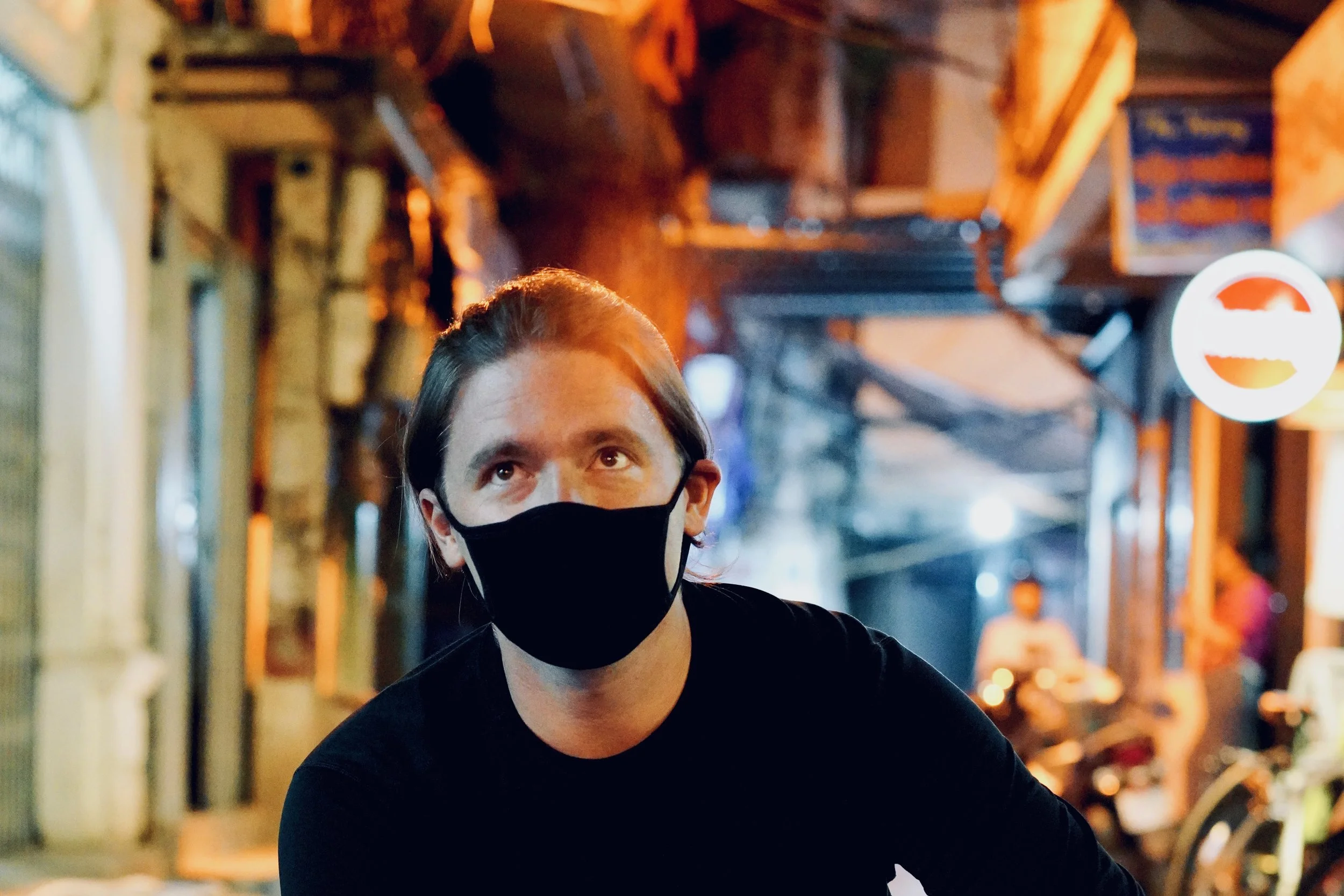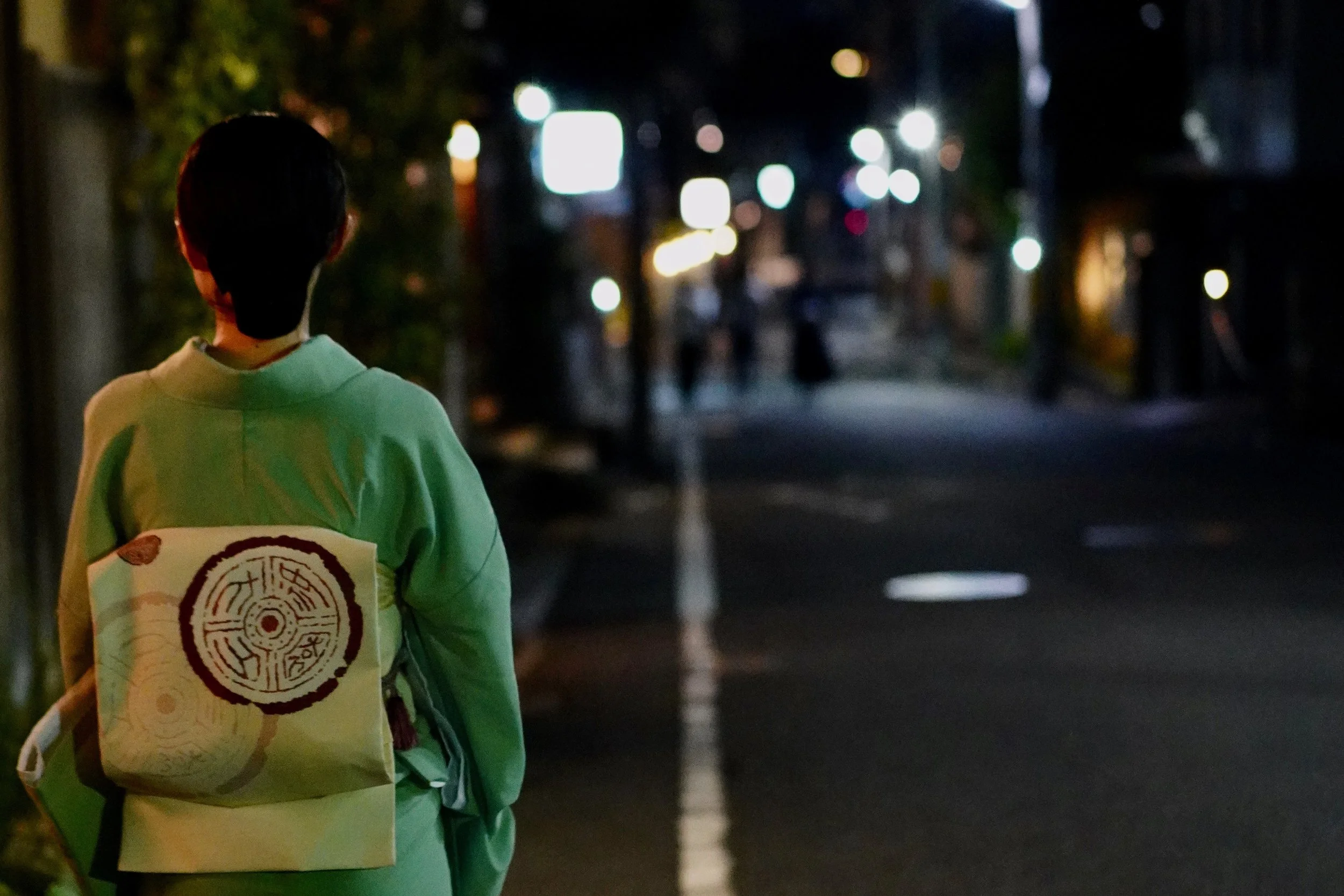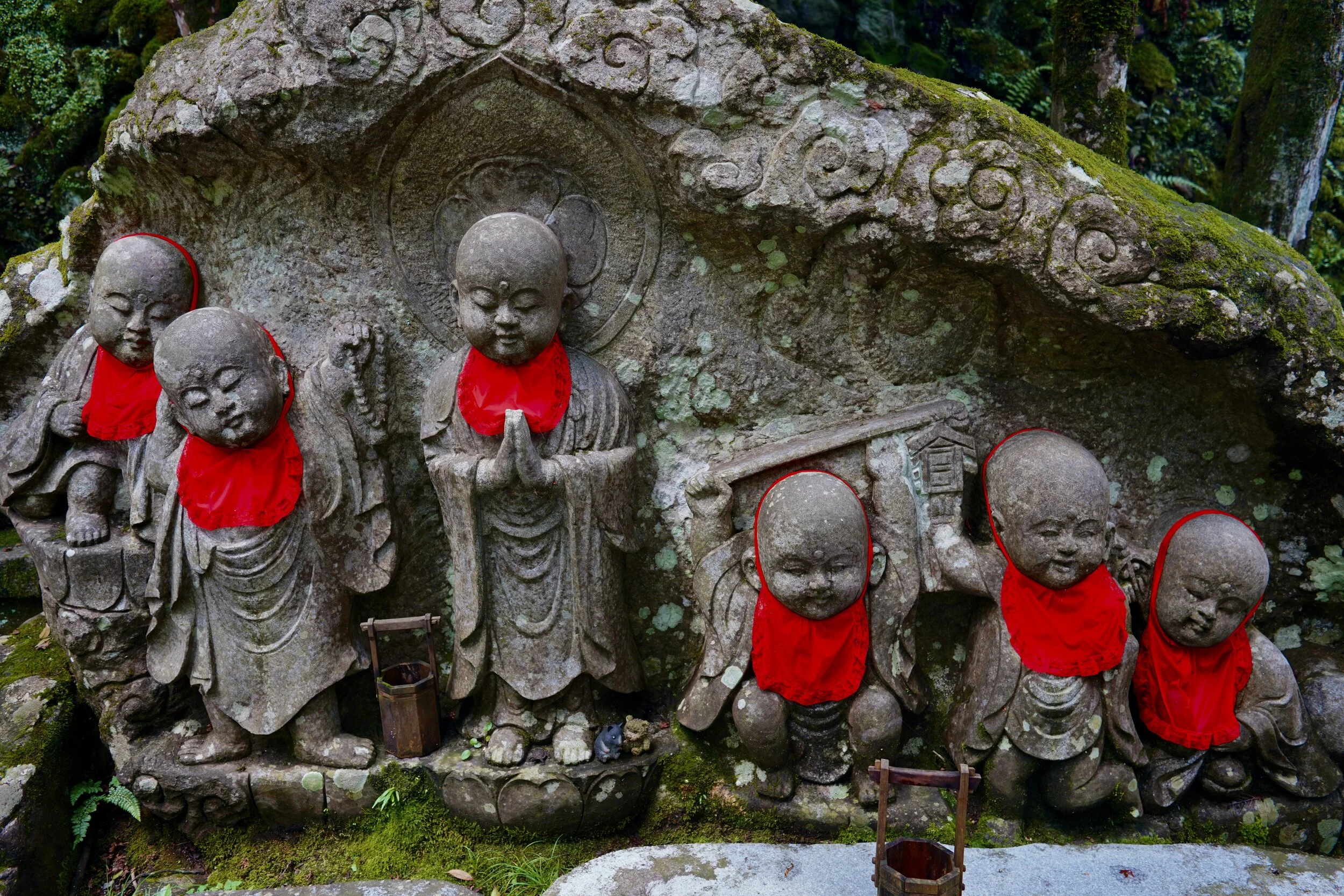The Killing Fields
“All the time you fighting, you think only of how to survive. All the time you survive, you wonder why you don’t die. But now my life can be something different. Now, in America, I don’t have to fight. I don’t have to survive. I can choose a new thing: to live.”
Never Fall Down: A Novel, Excerpt
The Communist Party of Kampuchea, also known as the Khmer Rouge, came into power in 1975 and ruled over Cambodia for 4 years, murdering over 2 million of its people, and wiping out 25% of the population.
On April 17th, 1975 the Khmer Rouge marched into the capital city of Phnom Penh, after claiming victory over the Khmer Republic during the final stage of the Cambodian Civil War. The Khmer Rouge began a terrifyingly strategic evacuation of cities, forcing millions of civilians out of their homes, driving them miles upon miles to the countryside fields, and promising they would return soon, only after a few days. They never returned.
Cambodians became enslaved by this radical and fanatical regime; tirelessly working before sunrise until the stark darkness of midnight, every single day without sufficient food or water, bringing countless deaths by starvation, exhaustion, and disease. One survivor recounted, “To live with nothing in your stomach and a gun in your face… Is that living, or is that dying a little bit everyday?”* Intellectuals, professionals, and artists were considered “enemies” of the Khmer Rouge and condemned to brutal torture and gruesome execution without a moment of hesitation. Anyone with an education, with whiter-toned skin, who spoke another language, who had softer hands, who wore glasses, and foreigners were of the utmost suspicion and were either ruthlessly murdered or sent to prisons. The Khmer Rouge did not use bullets. Bullets were too expensive and created too much noise.
When the Vietnamese invaded in 1979, Cambodian children were authoritatively molded from slaves to soldiers to defend the front lines, having never held a gun before in their lives. The Vietnamese overthrew the Khmer Rouge, finally bringing an end to their power. Today, nearly 65% of Cambodia’s population is under the age of 30.
I read the book “Never Fall Down” a few years ago, before I even knew I would be here, in this valiant and radiant country, my sandaled feet upon the blood-stained earth of the Killing Fields. Jeremy and I stared silently at the empty, mass graves, the dirt dipping down into forgotten pits, scraps of clothes and pieces of bone still rising to the surface after monsoon rains.
“Never Fall Down” tells the true and harrowing story of Arn Chorn-Pond, a young and scared boy, who survived the Killing Fields by learning how to play music. You can listen to his story below…
“My dream, my first dream is for every child in my country and in the world to carry musical instruments and sing about love, not carrying guns and preach hate. That’s my dream for the world.”
Arn Chorn-Pond
Photo Credit: New York Times, Getty Images. https://www.nytimes.com/2017/04/02/world/asia/cambodia-trump-debt.html
Photo Credit: All That’s Interesting, Getty Images. https://allthatsinteresting.com/cambodian-genocide#6
*Never Fall Down, A Novel: Page 61, Patricia McCormick












